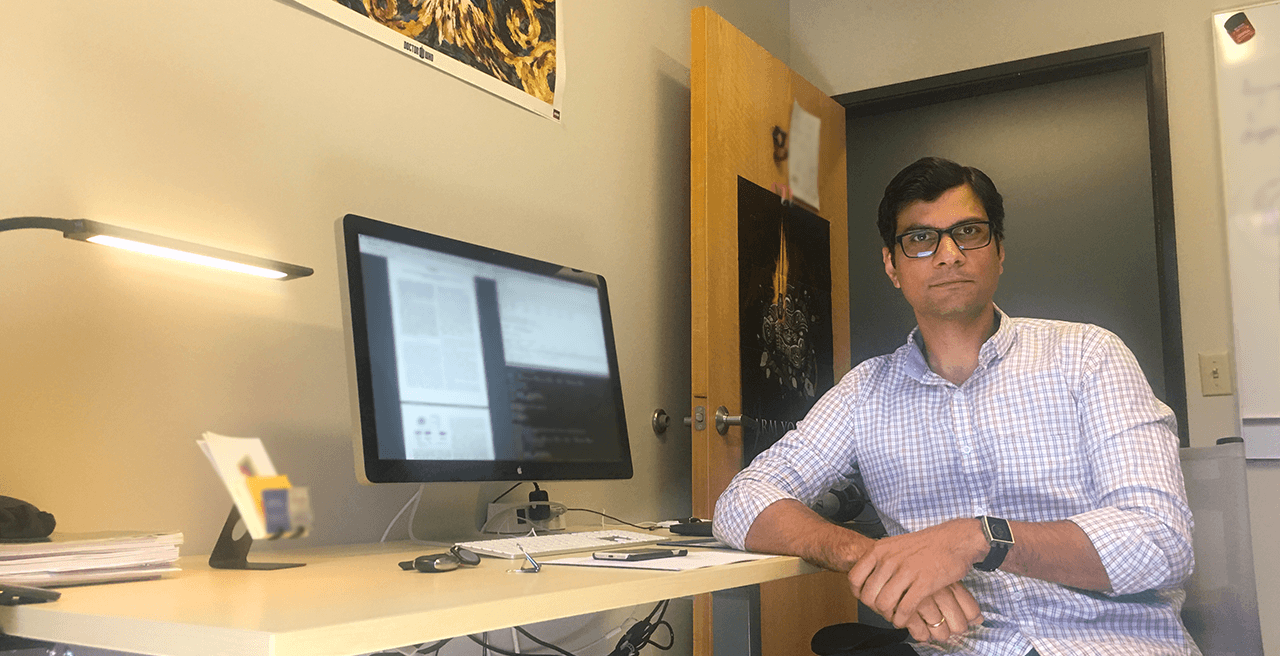IEEE magazine publishes Phase Change research scientist co-authored paper
Phase Change research scientist Rahul Pandita’s co-written paper, “A Conceptual Framework for Engineering Chatbots,” was recently published in the November-December 2018 issue of IEEE Internet Computing^. The industry magazine is published bi-monthly by the Institute for Electrical and Electronics Engineers (IEEE) Computer Society for evaluating and reviewing Internet-based computer applications and enabling technologies. It focuses […]

